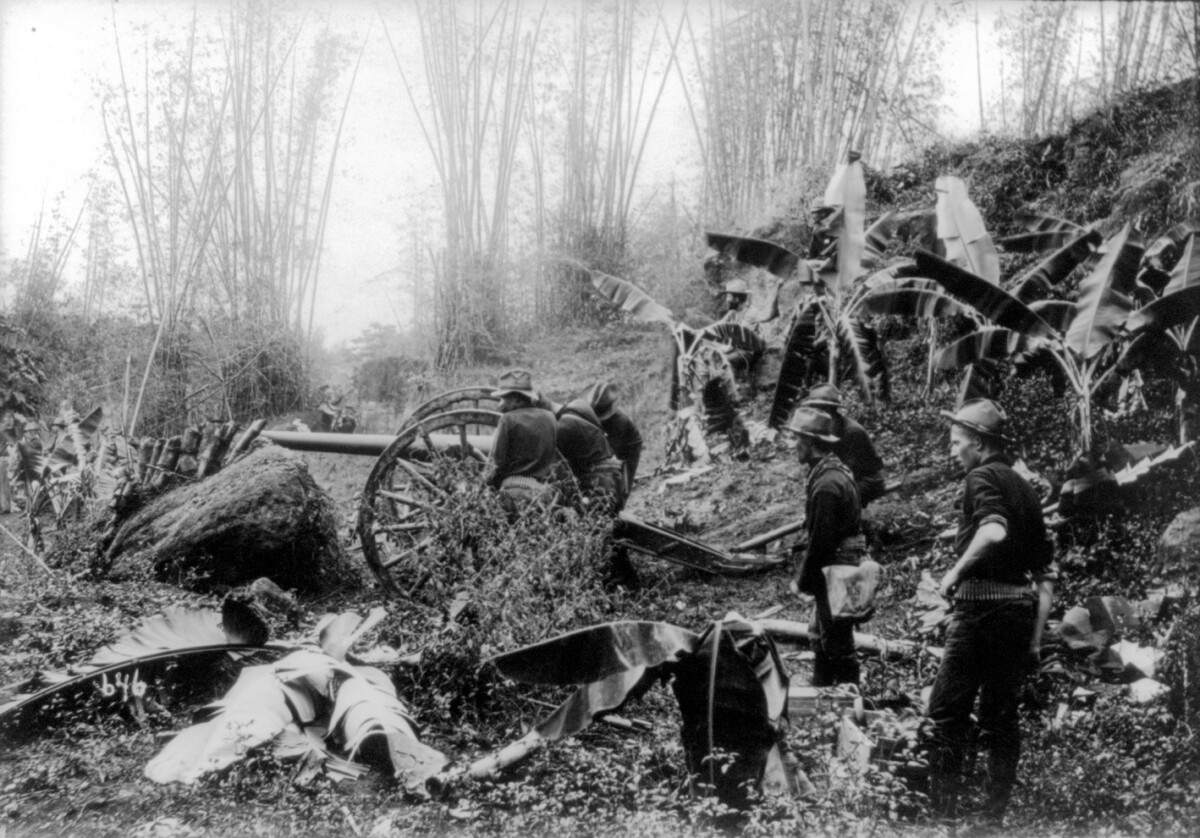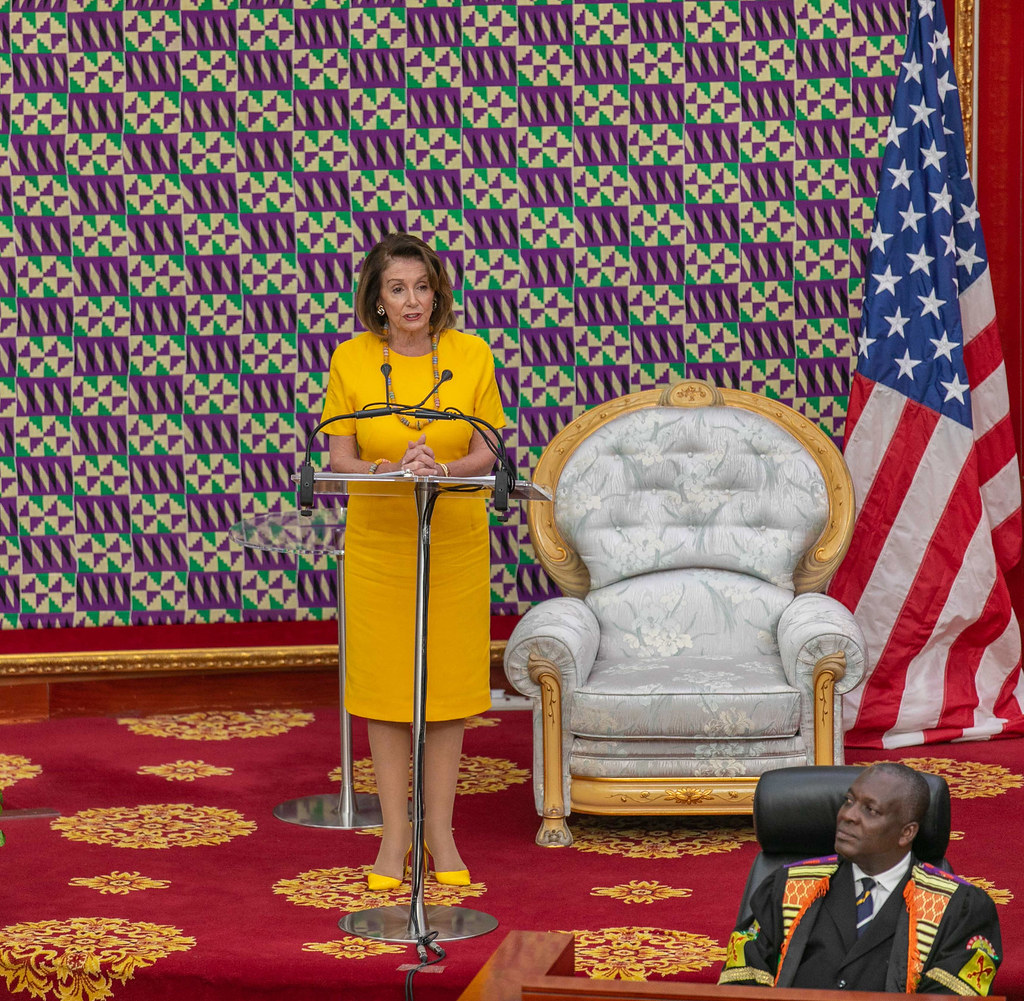Happiness Index: What Makes a City Truly Happy?

Urban happiness isn’t just about sunshine or pretty parks—it’s a complex recipe of economic security, social interaction, health care, and feeling safe. The World Happiness Report 2024 collected data from thousands of residents, measuring their satisfaction with life, access to resources, and sense of community. Researchers found that cities with low crime, excellent public services, and a strong sense of belonging typically ranked much higher. For example, cities with robust public transportation and affordable housing scored significantly better on the happiness scale. Environmental factors like clean air and green spaces also played a crucial role, with residents consistently highlighting the importance of parks and walkable neighborhoods. Social connection turned out to be a powerful predictor of happiness; people who felt they could rely on neighbors reported higher life satisfaction. The Happiness Index also pointed out that cities investing in mental health support and social programs saw notable boosts in overall well-being. All these findings suggest that the happiest cities get the basics right—and then go a step further to create a sense of belonging.
Helsinki, Finland: The Nordic Blueprint for Happiness

Helsinki has topped international happiness rankings for several years, and 2024 was no exception. The city’s comprehensive social welfare system is a safety net that provides healthcare, education, and financial security for everyone, regardless of background. In the latest survey, 80% of Helsinki’s residents said they felt a strong sense of community and trust in local institutions. Public spaces are everywhere—lush parks, waterfront walkways, and libraries—which make socializing easy and enjoyable. Helsinki’s low crime rates and emphasis on equality ensure that people feel safe and included. The city’s focus on sustainability, from green public transport to eco-friendly architecture, also boosts residents’ optimism about the future. Many locals say that being able to cycle or walk safely everywhere makes daily life less stressful and more enjoyable. This combination of security, access, and community is what keeps Helsinki smiling year after year.
Zurich, Switzerland: Where Quality of Life Meets Urban Comfort

Zurich’s reputation for a high quality of life is well-earned, as shown by its 2024 Happiness Index ranking. The city boasts a strong economy, with low unemployment rates and average incomes among the highest in Europe. Residents benefit from efficient public transport, which allows them to move around easily and reduces daily stress. Clean streets and well-maintained parks are everywhere, making it easy to enjoy the outdoors. According to the latest data, 75% of Zurich’s population reported being satisfied with their lives, a figure that reflects both material comfort and social well-being. The city’s healthcare system is accessible and reliable, which gives residents peace of mind. Zurich’s cultural scene—art, music, festivals—adds vibrancy and a sense of community. People here often mention the feeling of safety and trust in public institutions as key reasons for their happiness.
Copenhagen, Denmark: Cycling Toward a Happier Life

Copenhagen has become a global symbol of urban happiness, thanks to its innovative city planning and strong social safety net. The 2024 World Happiness Report found that 78% of Copenhageners believe their city is a wonderful place to live. Cycling lanes snake through the city, making it easy for people to commute in a healthy, eco-friendly way. The emphasis on outdoor activities, from swimming in the harbor to picnicking in public gardens, helps residents stay active and connected. Social equality is a cornerstone of city policy, ensuring that everyone has access to education and health care. Residents often mention how easy it is to strike a balance between work and leisure, thanks to family-friendly policies and flexible working hours. Low crime rates and a generally relaxed atmosphere also make daily life less stressful. All these elements combine to create an environment where happiness feels natural.
Amsterdam, Netherlands: Work-Life Balance and Artistic Spirit

Amsterdam’s happiness comes from a blend of vibrant culture, strong social support, and a balanced lifestyle. The 2023 Happiness Survey reported that 72% of Amsterdam residents enjoy a good work-life balance, which is a major contributor to happiness. The city’s extensive bike paths and canals make it easy to get around without a car, reducing stress and encouraging physical activity. Art and history are everywhere—from world-class museums to street murals—giving people plenty of opportunities to find inspiration and joy. Amsterdam’s social services are robust, offering support for families, the elderly, and those in need. The city’s open-minded, inclusive culture means that people from all backgrounds feel welcome and accepted. Safety is another highlight; low crime rates make residents feel secure wherever they go. Locals often say that the city’s creative energy and welcoming atmosphere are what make it special.
Wellington, New Zealand: Nature and Neighborliness in Harmony

Wellington stands out for its stunning natural setting and tight-knit community. The 2024 Happiness Index showed that 77% of Wellingtonians feel a strong connection to their neighbors, one of the highest rates globally. The city is surrounded by mountains and the sea, offering endless opportunities for outdoor adventures, from hiking to surfing. Environmental sustainability is taken seriously here—recycling, clean energy, and conservation efforts are part of daily life. Wellington’s arts scene is vibrant, with frequent festivals, theater, and live music bringing people together. Despite its small size, the city’s diverse food scene and coffee culture rival much larger cities. Healthcare and education systems are accessible and high-quality, reducing daily worries for families. Locals often say that Wellington feels like a big village—friendly, supportive, and full of life.
Melbourne, Australia: Diversity, Arts, and Well-Being

Melbourne has long been celebrated for its cultural diversity and thriving arts scene. In 2023, 74% of its residents reported feeling happy with their lives, pointing to a strong sense of satisfaction. The city is a melting pot of cultures, which is reflected in its food, music, and public events. Melbourne’s healthcare and education systems are among the best in Australia, providing security and opportunity for all. Public transport is efficient, making it easy to explore the city’s neighborhoods and green spaces. The city’s many festivals, from comedy to film to food, create a sense of excitement and community. Safety and cleanliness are high priorities, with regular investments in public infrastructure. Residents often say that Melbourne’s welcoming spirit and creative energy make it a place where everyone can find their niche.
Vancouver, Canada: Where Nature and City Life Blend Beautifully

Vancouver’s happiness is rooted in its breathtaking natural surroundings and strong community values. The 2024 Happiness Index found that 76% of Vancouverites are satisfied with their quality of life. The city’s parks, beaches, and mountains offer endless opportunities for recreation, while urban amenities ensure convenience and comfort. Vancouver places a big emphasis on environmental stewardship, with many residents involved in green initiatives. The public health system is accessible, and the city regularly invests in mental health support programs. Cultural diversity is celebrated, with events and festivals reflecting the mosaic of backgrounds that make up the city’s population. Safety and a welcoming atmosphere are often cited as key reasons people love living here. Locals say that Vancouver’s balance of natural beauty and urban excitement makes every day feel special.
Oslo, Norway: Social Equality and Sustainable Living

Oslo ranks high on global happiness lists, thanks to its strong economy and focus on social equality. The 2024 World Happiness Report noted that 79% of Oslo residents feel a sense of belonging in their community. The city’s universal healthcare system and generous parental leave policies make life easier for families. Sustainability is at the heart of city planning, with investments in renewable energy, public transport, and green spaces. Oslo’s crime rates are low, and public trust in institutions is high, contributing to a feeling of safety and stability. The city’s lively cultural scene, from music festivals to art exhibitions, gives residents plenty of ways to connect and unwind. People here often mention the importance of balance—between work and play, city and nature—in their happiness. Oslo’s commitment to inclusion and equal opportunity makes it a standout for well-being.
Reykjavik, Iceland: Community Spirit and Mental Health Focus

Reykjavik’s happiness is fueled by an exceptionally strong sense of community and direct support for mental well-being. The 2023 Happiness Survey revealed that 80% of Reykjavik residents reported feeling truly happy—a remarkable figure by any standard. Public programs focus on mental health, ensuring that help is available when needed. The city’s culture is unique, with music, art, and literature deeply woven into daily life. Residents take pride in their clean, safe streets and easy access to nature—hot springs, hiking trails, and scenic coastlines are all close by. Social equality is a core value, with policies designed to reduce income gaps and support families. Reykjavik’s emphasis on togetherness and mutual support means that people rarely feel isolated. Many locals attribute their happiness to the city’s “we’re in this together” attitude.
Detroit, Michigan, USA: The Struggle Behind the Headlines

Detroit has faced enormous challenges in recent years, and its residents are feeling the strain. The 2024 World Happiness Report found that only 40% of Detroiters are satisfied with their lives—a stark contrast to the happiest cities. High crime rates and persistent economic instability weigh heavily on people’s daily experiences. Unemployment remains higher than the national average, and many neighborhoods lack access to basic services like quality healthcare and public transportation. Efforts to revitalize downtown have made progress, but many communities still feel left behind. Residents often cite a lack of trust in local institutions and a sense of insecurity as major concerns. Although there are stories of resilience and community spirit, the day-to-day reality for many is a struggle. The city’s challenges serve as a reminder that economic and social support systems are critical to urban happiness.
Caracas, Venezuela: The Hidden Toll of Instability

Caracas is grappling with severe political and economic turmoil that deeply affects residents’ quality of life. According to the 2023 Happiness Survey, only 35% of people in Caracas reported feeling happy. Basic services like water, electricity, and healthcare are unreliable, and shortages are a daily reality for many. High crime rates, including violent crime, make safety a constant worry. Inflation and unemployment have eroded household incomes, forcing many to focus on survival rather than personal fulfillment. Political instability has led to a widespread lack of trust in government and public institutions. Social connections are strained as people migrate or isolate themselves for safety. Despite these hardships, pockets of resilience and hope remain, but the overall mood is one of struggle and uncertainty.







